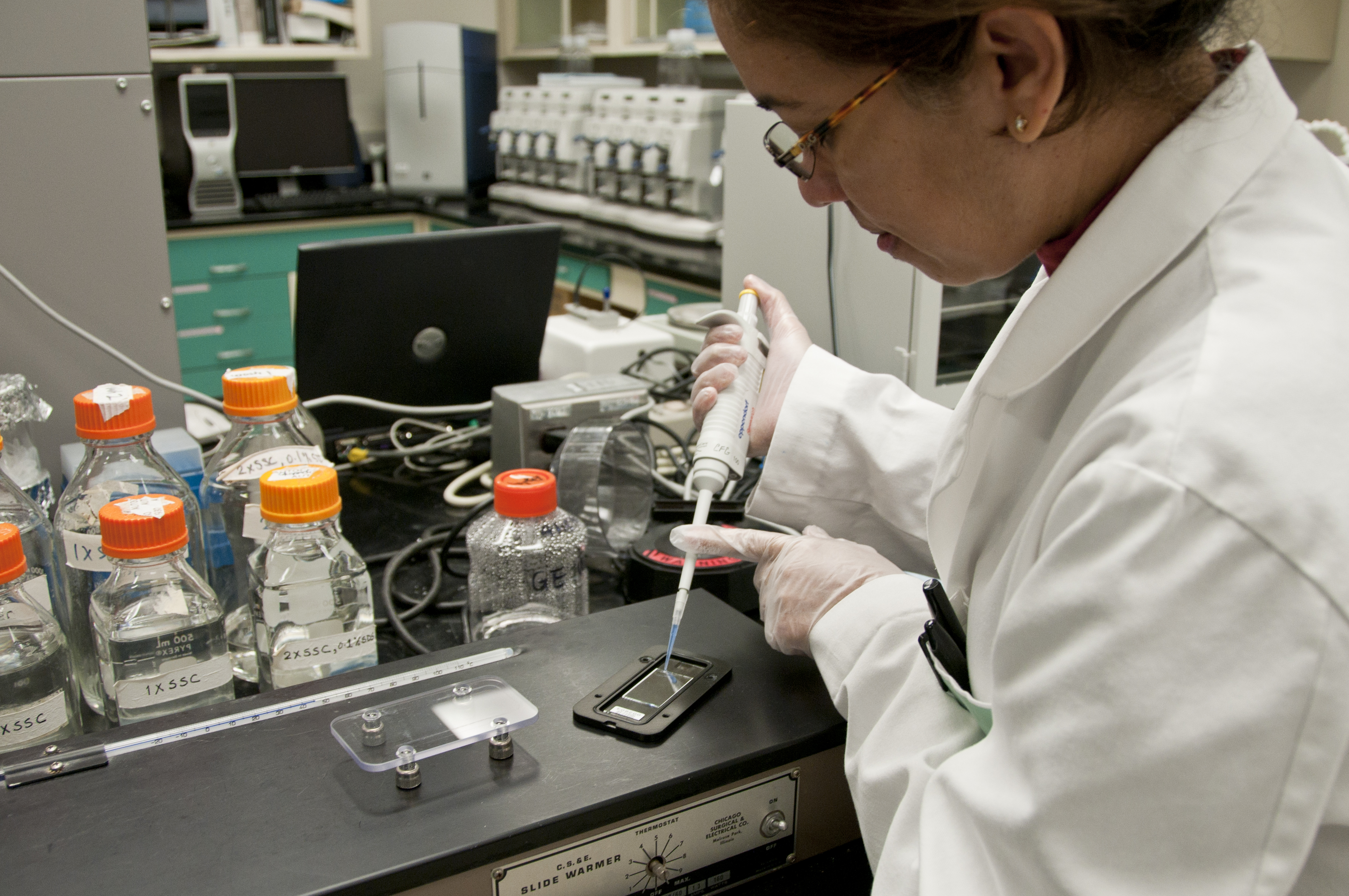
Photo from academic.microsoft.com
Mycotoxins in small grains are a significant and long-standing problem. These contaminants may be produced by members of several fungal genera, including Alternaria, Aspergillus, Fusarium, Claviceps, and Penicillium. Interventions that… Click to show full abstract
Mycotoxins in small grains are a significant and long-standing problem. These contaminants may be produced by members of several fungal genera, including Alternaria, Aspergillus, Fusarium, Claviceps, and Penicillium. Interventions that limit contamination can be made both pre-harvest and post-harvest. Many problems and strategies to control them and the toxins they produce are similar regardless of the location at which they are employed, while others are more common in some areas than in others. Increased knowledge of host-plant resistance, better agronomic methods, improved fungicide management, and better storage strategies all have application on a global basis. We summarize the major pre- and post-harvest control strategies currently in use. In the area of pre-harvest, these include resistant host lines, fungicides and their application guided by epidemiological models, and multiple cultural practices. In the area of post-harvest, drying, storage, cleaning and sorting, and some end-product processes were the most important at the global level. We also employed the Nominal Group discussion technique to identify and prioritize potential steps forward and to reduce problems associated with human and animal consumption of these grains. Identifying existing and potentially novel mechanisms to effectively manage mycotoxin problems in these grains is essential to ensure the safety of humans and domesticated animals that consume these grains.
Journal Title: Toxins
Year Published: 2021
Link to full text (if available)
Share on Social Media: Sign Up to like & get
recommendations!